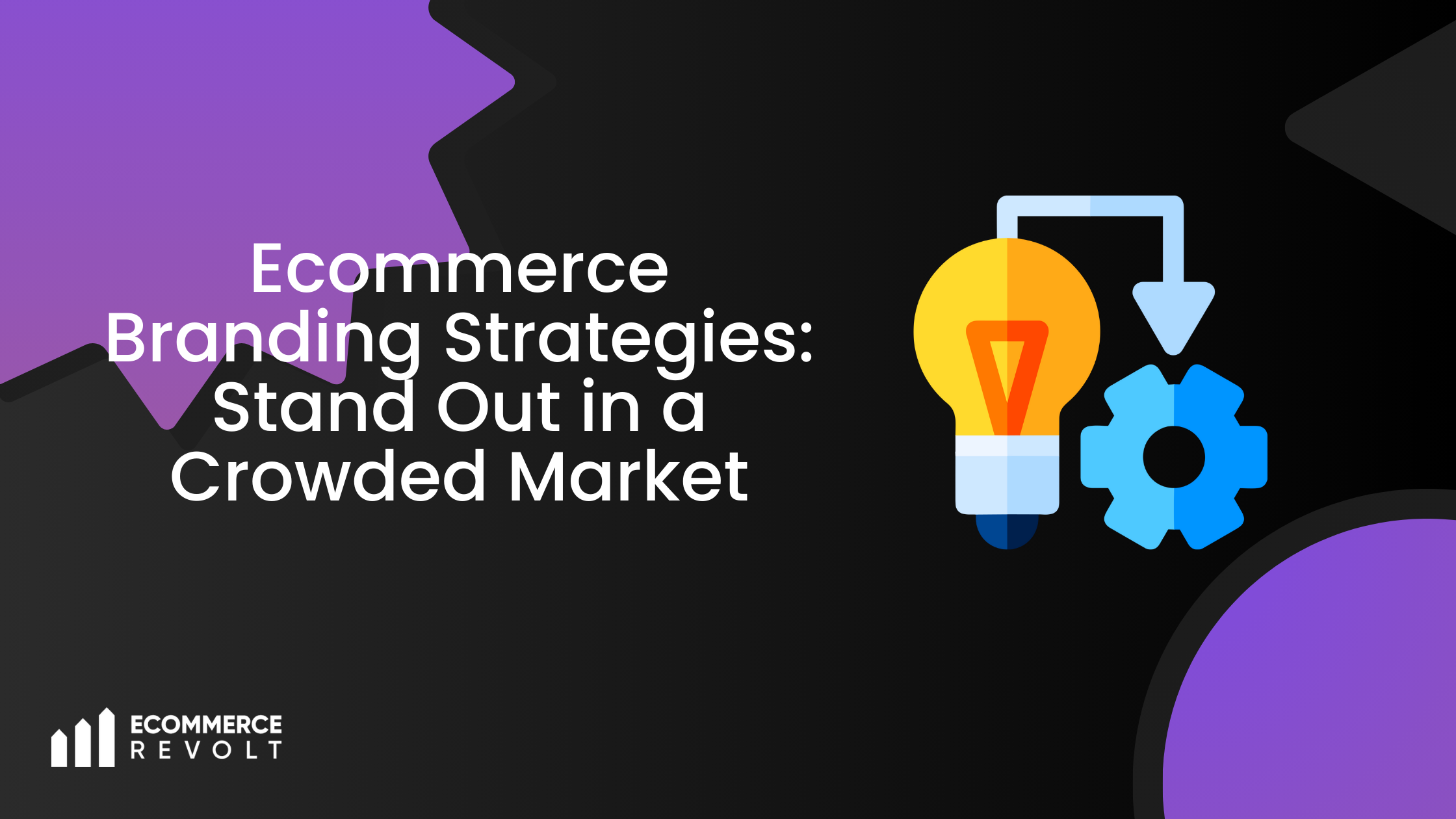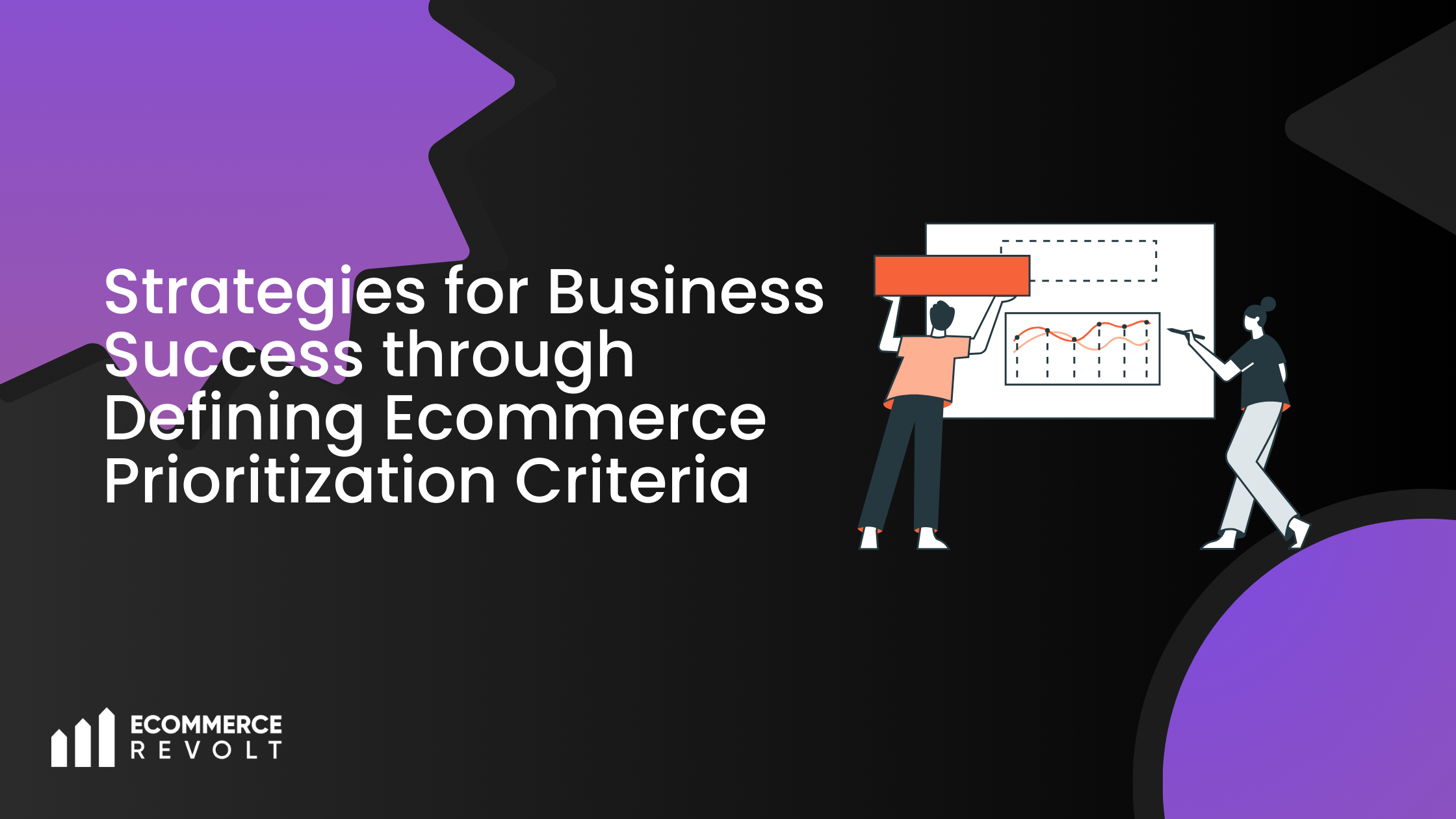It has become more challenging than ever in today’s highly competitive environment to make an e-commerce website or business unique among other websites. Customers have been presented with so many choices that brand recognition becomes crucial for organisational success. Branding for e-commerce is necessary for creating an emotional connection with the clients, gaining their trust, and controlling their multiple successive purchases.
Branding is not the logo or say the tagline all that it encompasses. If done correctly, it makes your company an extraordinary internet shop to launch yourself as a reputable brand in your field.
Branding for E-commerce in detail:
A strong brand has these qualities:
- Endorses customer loyalty.
- Promotes word–of–mouth communication which is economical since everyone communicates with colleagues, friends, and family members free of charge.
- Enables you to have high prices for your products.
The key to achieving this is having a good understanding of your target market, developing a voice for your brand, and ensuring you are consistent.
The Online Brand Optimisation for Electronics and E-commerce Companies
When branding for e-commerce is in place, ensuring brand optimisation online is another e-commerce fundamental. This makes your brand perceivable, believable, and memorable.
1. Optimise Your Website
A website is your most valuable brand asset, so it needs to be perfect.
- Design: Make sure that colours, fonts, and images are consistent throughout the course.
- Navigation: Design your site easy to navigate and, make use of more compelling Calls to Action (CTAs).
- Mobile Optimisation: Make your site responsive for mobile.
- Storytelling: When constructing bonds try to make your ‘About Us’ page interesting.
2. Leverage Social Media
Social media is simply a great way to improve your online presence.
About daily update the page that you own to keep yourself relevant among the ever-growing site users.
Get within the platform itself and go with local features such as Instagram stories or trendy ideas
from TikTok.
Only work with people who share the same beliefs as your organisation.
This is because, when people comment on your video, or send you messages, you should consider it an opportunity to build a level of confidence in them to purchase your products.
3. Invest in SEO
Organic traffic is very important and SEO is vital to achieving it. Optimise your website by:
- G Websites- include keyword specification in product descriptions, Meta tags, and content.
- Flaunting images, which are of high quality, but which have an alt text.
- Making sure a site loads fast, and it is secure (using the HTTPS protocol).
4. Content Marketing
People love to get free advice and useful tips which makes blog posts, videos, infographics and likes perfect for branding and increasing traffic.
The true question to be addressed is: What makes your brand unique? From what you call Unique Selling Proposition (USP), which may be your quality standards, your environmental conservation policies, or your focused customer care, ensure it is expressed in every corner.
5. Focus on Personalisation
The customer relates positively with personalisation and thus feels valued. Motivate with data to suggest specific products, deliver segmented e-mails, and create special offers.
Consumers are vigilant and cannot be fooled easily; that is why they seek the real thing. Make it clear on the price, who is being sourced from, and how the product is being made. For instance, if you are environmentally conscious, you should provide information on environmental practices.
6. Ensure users generate content (UGC).
Information created by users of the products at various sites including review and testimonial sites as well as social media also reassure the potential customers and provide them with live situations of using the products.
7. Innovate Continuously
The fundamental principle for existence in the market is the constant release of novelties. From new products on the market to embracing new technologies or even enhancing an organisation’s supply chain management, this guarantees a competitive edge.
This means that when it comes to branding there must always be consistency. When all the aspects of the business look and feel like your brand, then the customer association becomes even better.
Tips for Consistent Branding:
- Visual Identity: Ensure consistency of logo, colours, and typography when designing for any of the platforms.
- The tone of Voice: Keep the writing style as formal or informal as it was decided at the start of effectively communicating your tone.
- Customer Experience: Team and brand personality Values should be implemented in all customer relations including support and packaging.
Conclusion
Every single step you take in the process of creating your brand ensures improved visibility, credibility, and consumer loyalty. Like the four pillars mentioned above, some guidelines the company should follow can be summarised as follows: Keep it consistent, don’t get complacent, and never forget your customers. That’s the key to differentiation and wins in net commerce.








